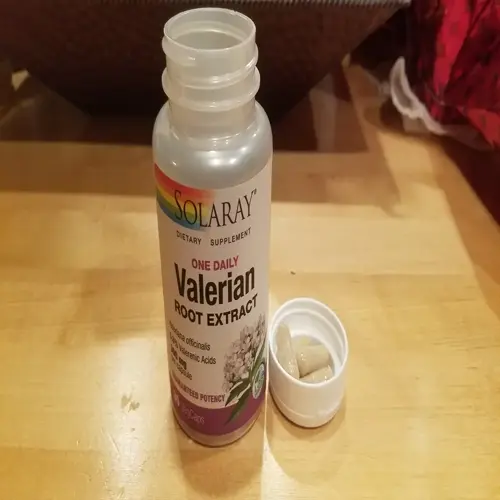What conditions can aquatic therapy help manage?

Written by
Leilani Ibeh
Reviewed by
Prof. Benjamin Murphy, Ph.D.Aquatic therapy treats a wide range of medical conditions with individualized water techniques. The properties of water provide individual benefits that other land therapies do not. This therapy can help alleviate the symptoms of arthritis, post-surgical needs, sports injuries, and neurological deficits.
Arthritis Pain
- 90% joint pressure reduction during immersion
- Warm water decreases stiffness and inflammation
- Improves range of motion without pain
Post-Surgical Recovery
- Gentle movement accelerates healing
- Hydrostatic pressure reduces swelling
- Supports tissue repair safely
Sports Injuries
- Maintains conditioning during recovery
- Low-impact strengthening prevents re-injury
- Accelerates return to play
Neurological Disorders
- Improves mobility in stroke patients
- Reduces Parkinson's tremors
- Enhances coordination in MS
Mental Health Conditions
- Reduces anxiety through cortisol decrease
- Improves depression symptoms
- Creates meditative states
The technique is especially effective for chronic pain syndromes, such as fibromyalgia. The warmth of the water relaxes and soothes muscle and joint pain. Buoyancy helps limit flare-ups triggered by movement or activity. Hydrostatic pressure reduces the inflammation markers contributing to discomfort. Patients are often able to wean off or reduce repetitive analgesics with a regular therapy program.
Restrictions in mobility can be greatly improved with aquatic strategies. Water aids diminished muscles in movement. Therapists modify exercises for specific restrictions. The buoyancy allows movement that would be impossible on land. This assists in a gradual return to independence.
Each program gets tailored to individual needs. Therapists assess specific limitations and goals. Sessions progress as abilities improve. Water temperature adjusts for optimal comfort. This personalization creates effective outcomes.
Group sessions offer social support while maintaining therapeutic focus. Shared experiences build community among participants. The environment remains non-competitive and encouraging. This enhances motivation and consistency.
Read the full article: Understanding Aquatic Therapy Benefits

